Deck & Commander Strategies

Treebeard, Gracious Host
Gain life to grow Treebeard by placing plus one counters and generate incremental advantage with life gain effects. Potential to combo with Heliod and Walking Ballista for a win.
Ken the Kid
Deploy commander quickly and use its ability to cast spells from outside the hand for free, ramping aggressively and putting multiple permanents on board to gain early board presence.
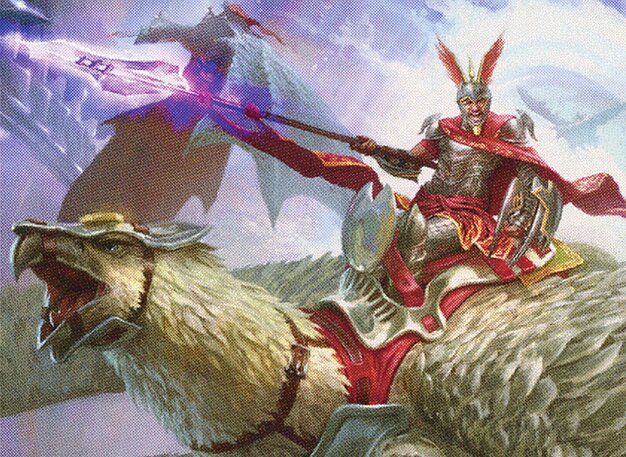
Sidar Jabari of Zhalfir
Knight tribal deck using eminence to draw and discard cards when attacking with knights, enabling recursion of powerful knights from the graveyard to dominate combat.
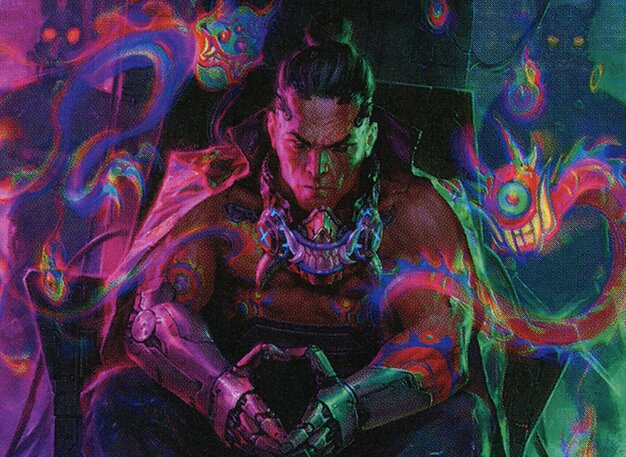
Satoru Umezawa
Ninja tribal focused on ninjutsu to swap in bigger creatures when unblocked, drawing cards and applying evasive pressure to outvalue and outpace opponents.
Gameplay Insights
- 1
Using Treebeard’s life gain triggers to steadily grow a large threat while also generating food tokens for sustain and value.
- 2
Ken the Kid’s ability to cast spells from outside the hand allowed explosive board development and ramp, enabling multiple plays per turn without paying mana.
- 3
Sidar Jabari’s eminence ability provided card filtering and enabled discarding of large knights to set up graveyard recursion, smoothly transitioning from early knights to midgame threats.
- 4
Satoru’s ninjutsu mechanic was used strategically to sneak in powerful creatures after unblocked attacks, maximizing value from evasive combat.
- 5
Sequencing of spells and mana usage was critical, especially in Ken the Kid’s deck, to maximize free casting and land drops in a single turn.
- 6
Life gain effects like Authority of the Consuls and Soul Warden created incremental advantage and supported Treebeard’s growth, showing the synergy between small effects and a big finisher.
Notable Cards
-
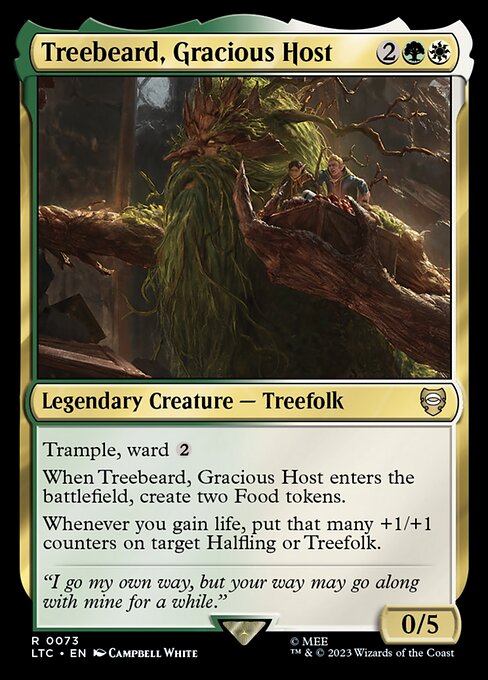
Treebeard, Gracious Host
-

Sidar Jabari of Zhalfir
-

Satoru Umezawa
-
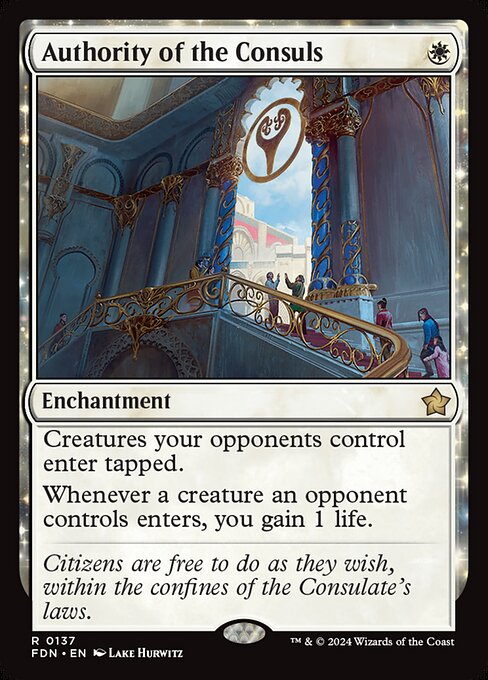
Authority of the Consuls
-
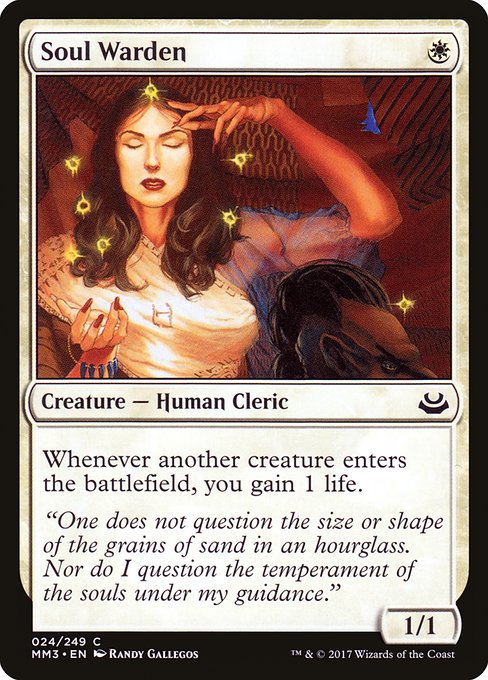
Soul Warden
-

Walking Ballista
-
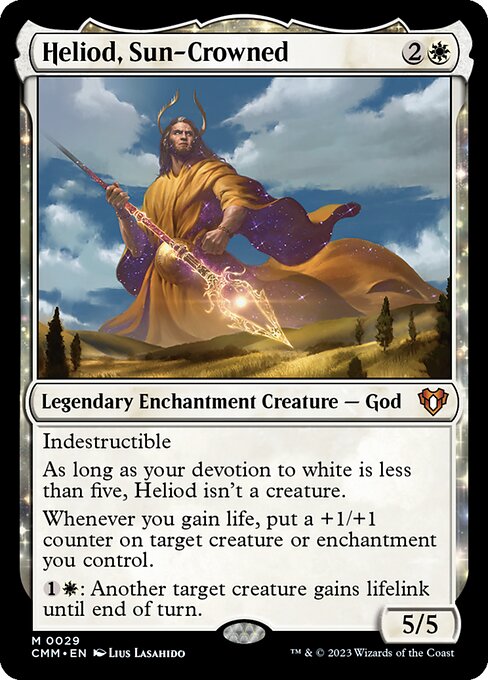
Heliod, Sun-Crowned
-

Mana Crypt
-

Guide of Souls
-
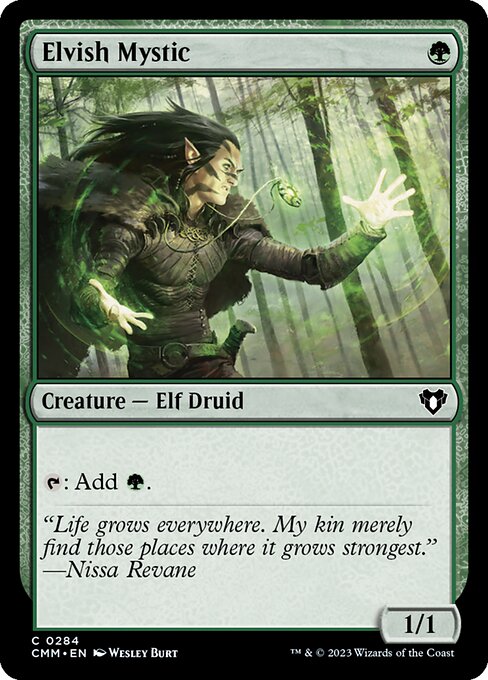
Elvish Mystic
Gameplay Summary
The Commander game featured four distinct decks with different archetypes and strategies.
Early turns focused on ramping mana and establishing board presence.
Treebeard’s deck aimed to gain incremental life and grow Treebeard by placing plus one counters through life gain triggers.
It also had a combo potential with Walking Ballista and Heliod but relied on luck to assemble it.
Ken the Kid’s deck focused on quickly deploying the commander to leverage its ability to cast spells from outside the hand, accelerating board development by playing multiple permanents for free and ramping aggressively.
Sidar Jabari’s knight tribal deck utilized the eminence ability to draw and discard cards when attacking with knights, aiming to bring back large knights from the graveyard to overwhelm opponents.
Satoru Umezawa’s ninja tribal deck focused on ninjutsu to sneak in bigger creatures by replacing unblockeds attackers, drawing cards, and applying pressure with evasive threats. The game’s turning points involved the early establishment of life gain and mana acceleration, with Treebeard gaining life through Authority of the Consuls and Soul Warden effects, and Ken the Kid deploying the commander to quickly cast spells and ramp lands.
Sidar Jabari’s player developed a board of knights to generate card advantage and set up graveyard recursion.
Satoru worked on assembling ninjutsu triggers and maintaining board presence with evasive creatures.
The interactions between these strategies created dynamic gameplay with shifting tempo and board control battles.
The game’s win conditions revolved around either overwhelming opponents with large creatures (Treebeard and Sidar Jabari), or leveraging free spells and evasive damage (Ken the Kid and Satoru).


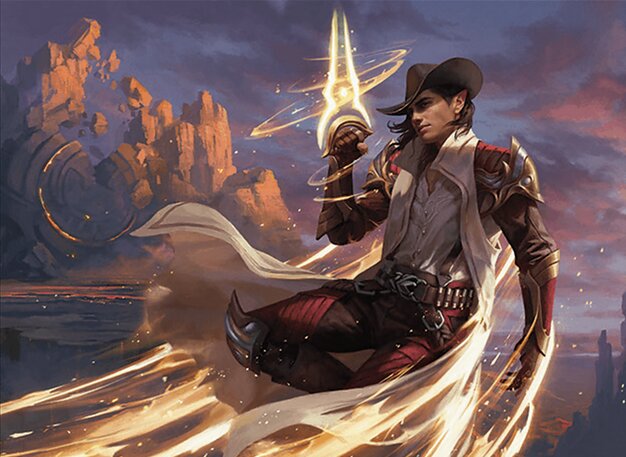






















![Outlaws of Thunder Junction Home Brew Edition EP: 38 Eriette V Jasper V Obeka V Kellen [EDHgameplay] thumbnail](https://i.ytimg.com/vi/muH0mEc2oZ4/sddefault.jpg)























